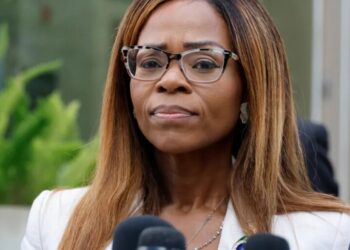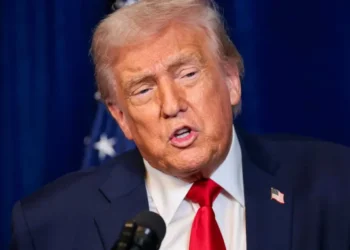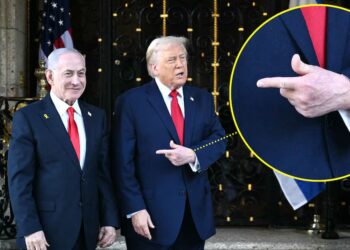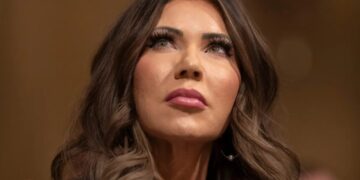‘Malcolm in the Middle’ explores mid-life with a Hulu reboot
For “Malcolm in the Middle” fans and the Walt Disney Co., 151 episodes weren’t enough. The beloved sitcom, which ran...
Trump voters sour on him ahead of midterms as tariffs and inflation sting
Some voters who backed Donald Trump in the 2024 election are already signaling buyer’s remorse as economic pain sets in,...
Florida congresswoman accused of stealing $5 million in COVID funds insists she’s innocent
U.S. Rep. Sheila Cherfilus-McCormick reiterated her innocence Monday outside a Miami federal courthouse, where she faces charges of conspiring to...
ChatGPT’s year-end review knows way too much. How to fix your privacy settings.
ChatGPT has been pushing its own year-end review like Spotify Wrapped. “Your year with ChatGPT” describes what you asked the...
Slow down, Speed Racer: New California program could impose ultimate penalty on motorists
Californians who are caught speeding at more than 100 mph will now face new disciplinary actions imposed by the Department...
Au Revoir, Brigitte Bardot
In Brigitte Bardot’s death I see the passing of a generation: the Frenchwomen who tried to find a path to...
Israel Strips U.N. Agency for Palestinian Refugees of Diplomatic Immunity
Israel’s Parliament passed new legislation on Monday formally removing diplomatic immunity from the United Nations agency for Palestinian refugees, part...
Trump says he’ll ‘probably’ sue Fed chair Jerome Powell: ‘A very incompetent man’
President Donald Trump revealed that he will likely sue Federal Reserve Chairman Jerome Powell over renovations to two buildings. During...
Silicon Valley summit offers rare insight into humanoid robots—and China is the clear winner
Robots have long been seen as a bad bet for Silicon Valley investors — too complicated, capital-intensive and “boring, honestly,”...
The Plan That Foretold Trump’s 2025
This is an edition of The Atlantic Daily, a newsletter that guides you through the biggest stories of the day,...














